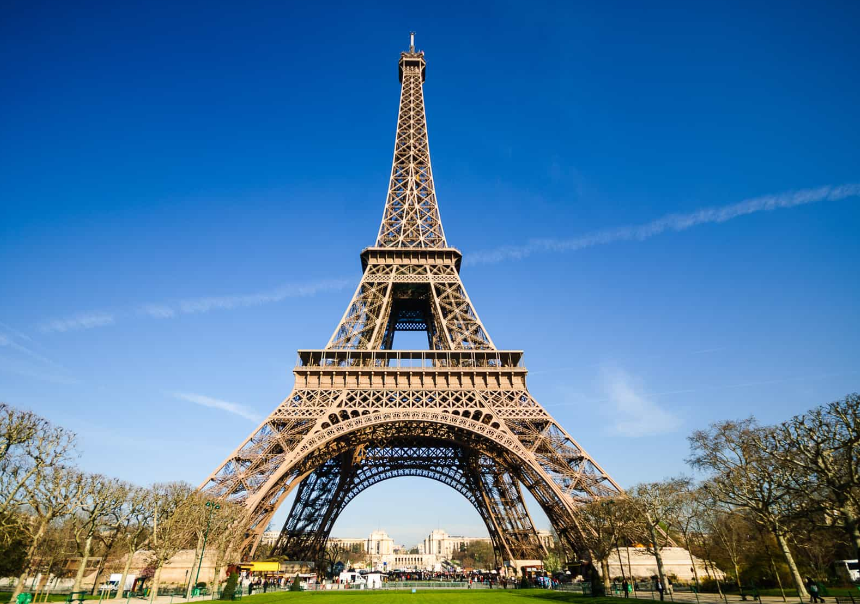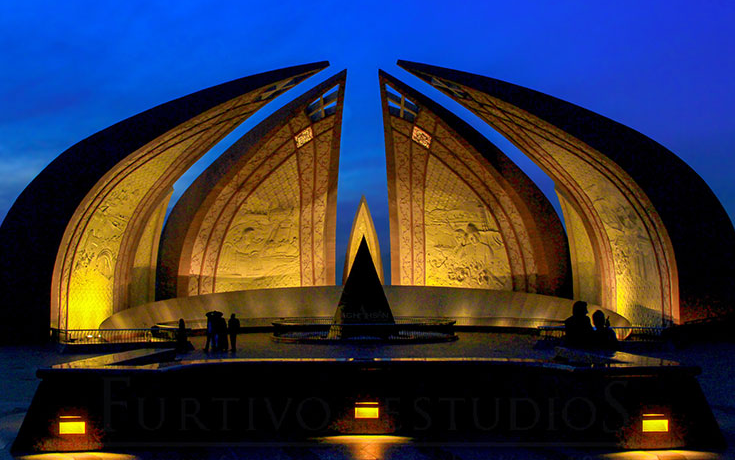Czech Republic National Monument, located at Vitkov Hill, is a site that holds unmatched significance in Czech Republic’s history.
A national monument is not just some historical site, it holds tremendous value for a country as a source to reflect back on something important in its consciousness. In this piece, we delve on its background, design and architecture, significance it holds for the Czechs, and efforts to preserve its physical and spiritual status.
Historical Background of Czech Republic National Monument
The importance of Vitkov Hill as strategic point can be traced back to the medieval times. The foundations of the monument were laid in 1928 as National Liberation Memorial, unveiled in 1950. The purpose was to commemorate the sacrifices of Czechoslovak legionaries during the WW1. Later it was repurposed as a symbol to resistance of the country in the face of Nazi Germany.
The Communist regime in Czechoslovakia used the monument for Communist overtures starting in 1948. Various communist luminaries like Klement Gottwald, leader of the party till 1953, were buried here.
The monument has been opened for general public since 2009, after the Czech Republic National Museum took over its control.
Design and Architecture
The monument houses the bronze equestrian statue of Jan Žižka, the national hero of Czech Republic from the 15th century. The realistic sculpture was designed by celebrated sculptor Bohumil Kafka, under the aegis of an advisory board of specialists. Detailed research was undertaken in conceiving the rider’s position, clothes, and riding style. The sculptor rises to the height of 30 feet, is 31 feet in length and weighs around 17 tons.
Under the equestrian statue, Tomb of the Unknown Soldier is located. The tomb houses the national emblem on a large granite slab with “Glory to heroes, who died for their country” inscribed on it.
Sculptor Josef Malejovský designed the bronze entrance doors, which is decorated with six Hussite era reliefs. The entrance hall is among the largest in the whole country with exquisite interior lightening and marble flooring.
The spacious roof terrace provides a panoramic view of the adjacent lands in addition to the best available view of the Prague city.
Memorial Halls
The central hall is the most prominent. Mosaic by Jakub Obrovský adorns the entrance to this spacious hall. All the corners are occupied by reliefs of fallen warriors of the Czechoslovak legion in WW2. To the left of this hall lies the Hall of the Fallen Warriors. This is dedicated to all the fallen heroes of both World Wars. A display of their urn with earth from the original mass graves is placed under the floor. The hall is also decorated by mosaics and verses from various artists.
Hall of the Soviet Army was built in 1955. The entrance doors are of bronze and marble is used for flooring. This hall also displays murals, relied decorations and verses.
Czech Republic National Monument: Cultural Importance
Every nation honors those selfless beings who ultimate sacrifices for their country. Czechoslovak history is filled with such beings and the greatest purpose of this monument is to commemorate their memory. These heroes are embedded in the cultural life of the country in the form of folklore, history and majorly, through this monument. Its overbearing presence is the testimonial to the Czech commitment of revering the heroes fallen for the sake of its sovereignty. Tomb of the Unknown Soldier signifies these anonymous soldiers who gave their life in anonymity but remains unforgotten and cherished.
Various cultural events are organized at the memorial on these lines. They include frequent lectures on the 20th century history, highlighting the crucial part played by the heroes in the country’s history in particular and Europe’s history in general. Moreover, its festival hall is used for all kinds of contemporary and classical music shows which are almost always packed.
Additionally, it is frequented for state visits of foreign dignitaries. Events associated with memorial days and national holidays are also celebrated here.
Visitor Experience at National Monument at Vítkov
As it is among the very few places that offer first-hand view of Czech Republic’s past, history buffs are the common visitors. Various education trips are also frequent and facilitated by the administration.
The monument remains closed on Monday and Tuesday. The rest of the week, the opening hours are from 10:00 to 18:00. Entrance fees lie in the range of 40-120 CZK. Children under 15 are admitted without any entrance fee. The tickets can be bought online from the museum’s website or from the box office at the monument.
Ever since the site came under control of the National Museum, the visitor experience has improved much. The building is accessible for wheelchairs except for the viewpoint. There is also a playroom for kids. A customary shop is also located on the ground floor which offers souvenirs, related literature etc. The café is aligned with the opening hours and the monument is accessible through public transport.
Modern Day Relevance of National Monument at Vítkov
As a symbol of Czech resistance to aggression and commitment to its freedom, the monument is linked to every aspect of the country’s nationality and identity. Through various efforts, the state keeps the citizen informed of the sacrifices paid by the anonymous heroes. Exhibitions like Crossroads of Czech and Czechoslovak Statehood and others play a significant role in highlighting this important aspect of Czech history.
The monument is not something that can lose relevance. It serves an important role in fostering national unity and pride in modern times. The emotional relationship of the Czech public with it is as strong as ever. The memorial is now effectively a museum of history but not limited to it. Various cultural, musical festivals keeps it relevant in the contemporary times. Additionally the panoramic view it offers, intriguing history, and marvelous architecture makes it one of the most visited and relevant sites for both tourists and locals.
Conclusion
The Czech Republic national monument stands as visual testament to the country’s collective past, an evolving cultural landscape and as an embodiment of social change. Its much more than a beautiful site with imposing architecture, it’s a repository of the Czech soul. By preserving and celebrating it, the rich tapestry and culture of Czech Republic can be safely passed on to future generations as an undying source of national inspiration.
FAQs about the Czech Republic National Monument
- What is the history behind the National Monument on Vítkov Hill?
The monument’s history dates back to its origins as a fortress and its transformation into a symbol of Czech nationalism.
- Who was Jan Žižka, and why is he honored with an equestrian statue?
Jan Žižka was a revered military leader who played a crucial role in historical battles. His statue symbolizes his contributions to the nation.
- Is the National Monument accessible to the public?
Yes, the monument is open to the public, allowing visitors to explore its history, exhibits, and panoramic views.
- What can visitors expect to find inside the museum?
The museum houses exhibitions that delve into the Czech Republic’s history, the monument’s significance, and the stories of national heroes.
- How can I participate in the restoration efforts?
You can contribute to the monument’s preservation by joining community-driven restoration initiatives or supporting relevant organizations.
References
- National Museum: https://www.nm.cz/
- CzechTourism. (n.d.). National Monument at Vítkov. Retrieved from https://www.czechtourism.com/c/prague-national-monument-vitkov
- Prague City Tourism. (n.d.). National Monument at Vítkov. Retrieved from https://www.prague.eu/en/object/places/1695/national-monument-on-vitkov
- Czech Republic. (2021, March 29). In Wikipedia. Retrieved from https://en.wikipedia.org/wiki/Czech_Republic

